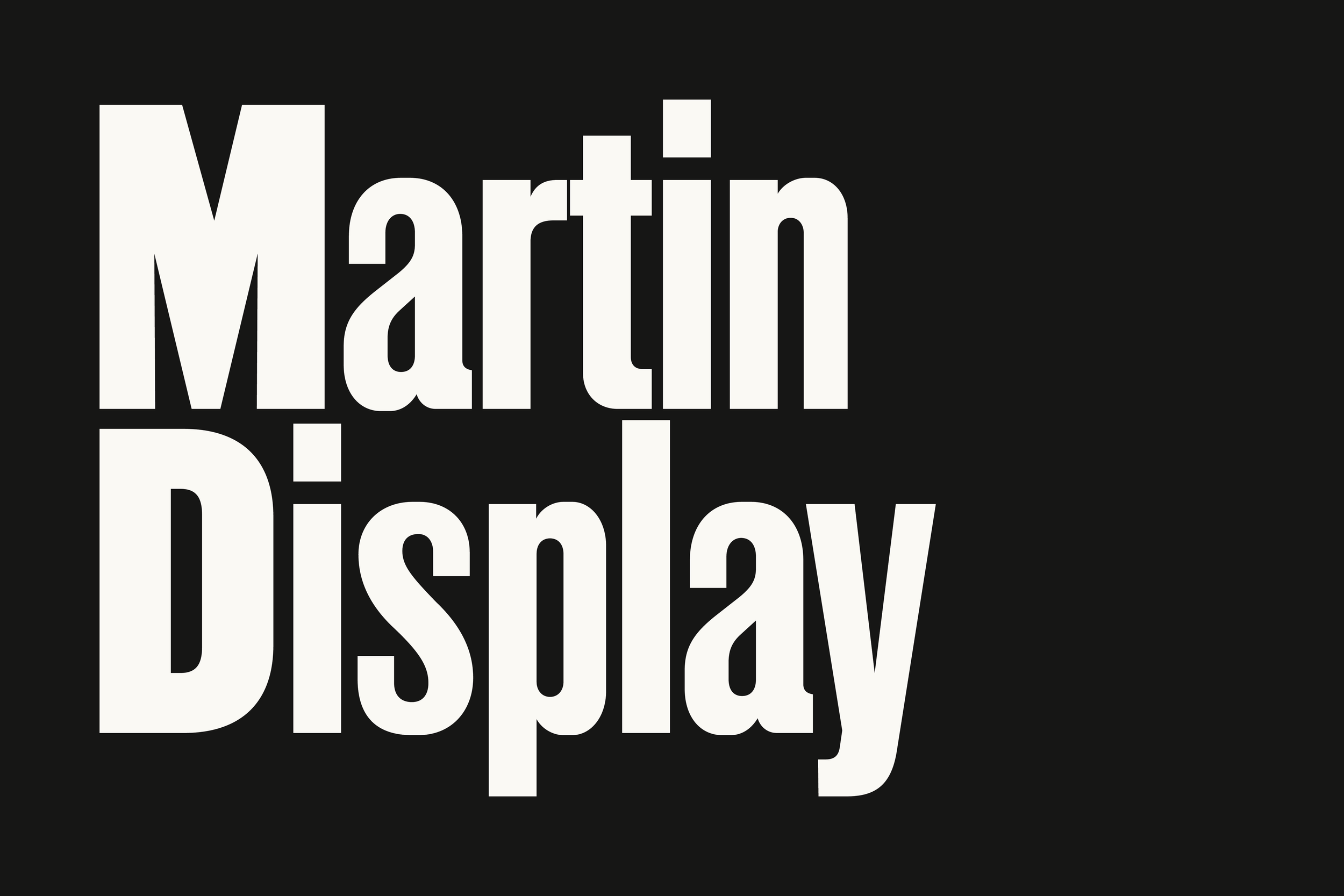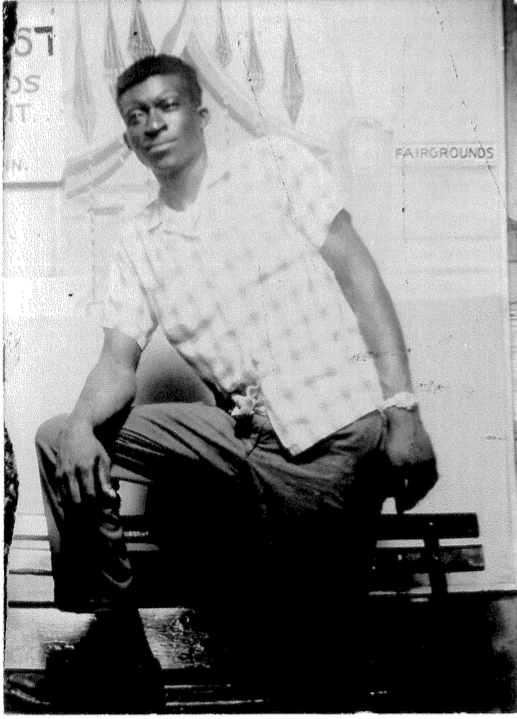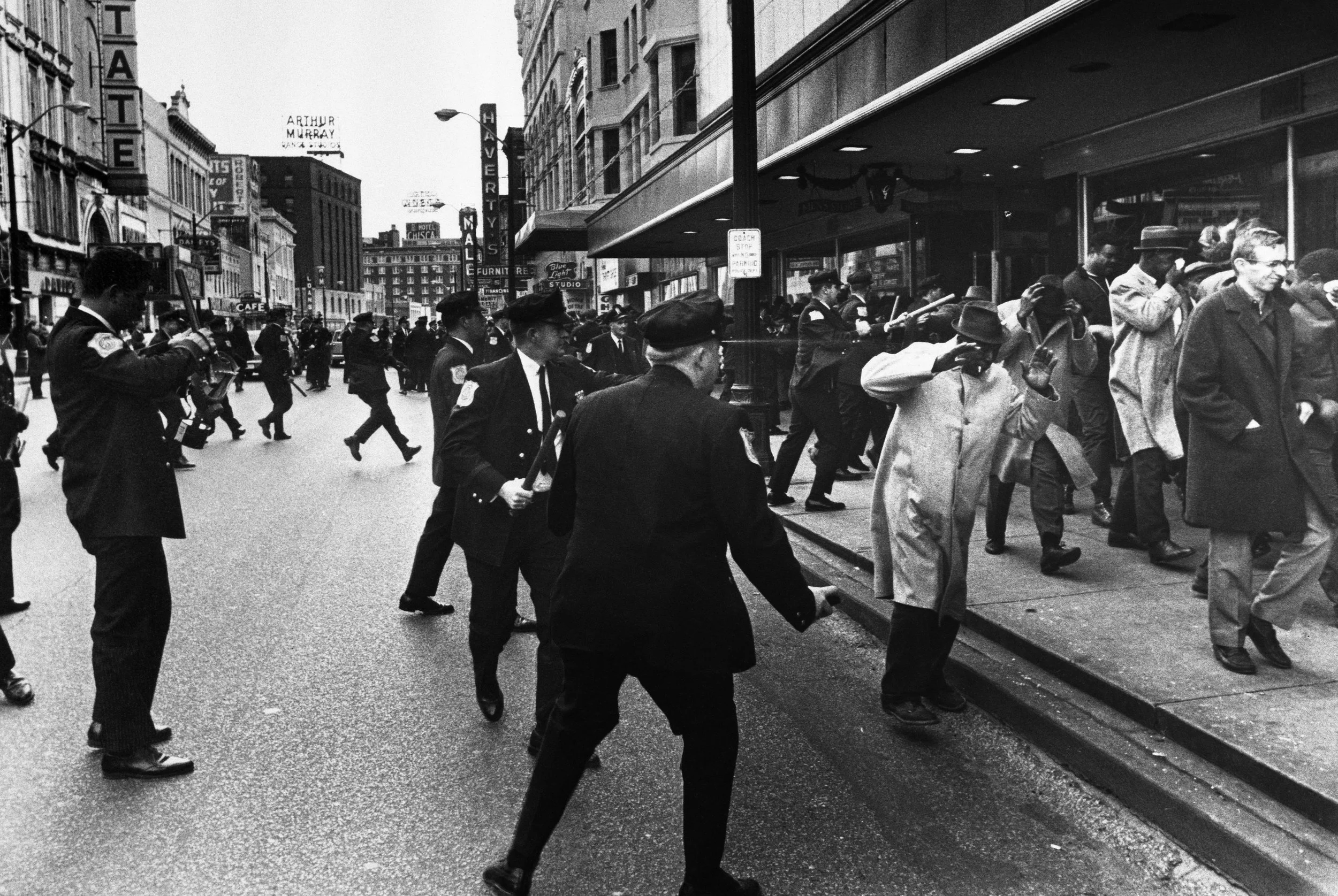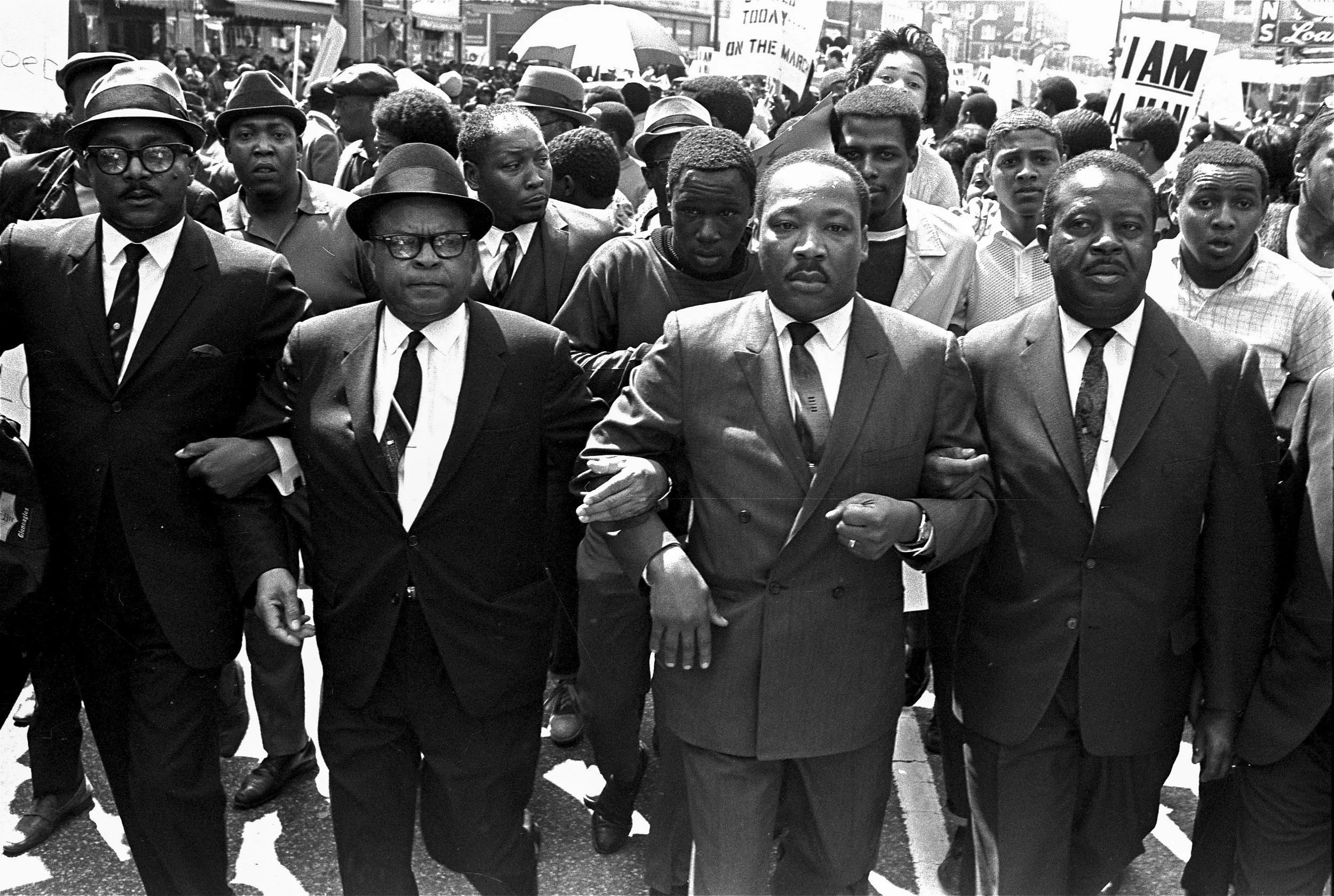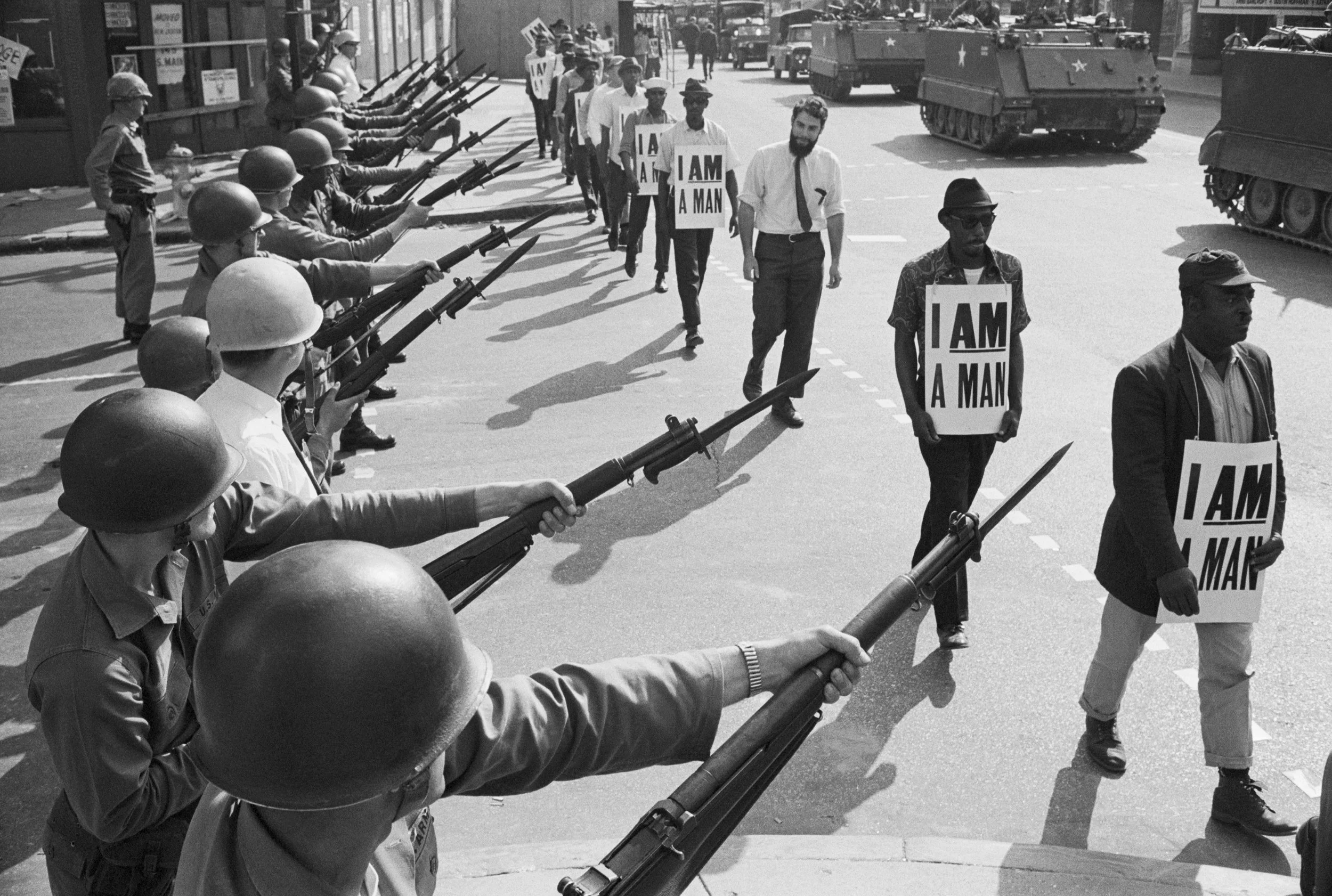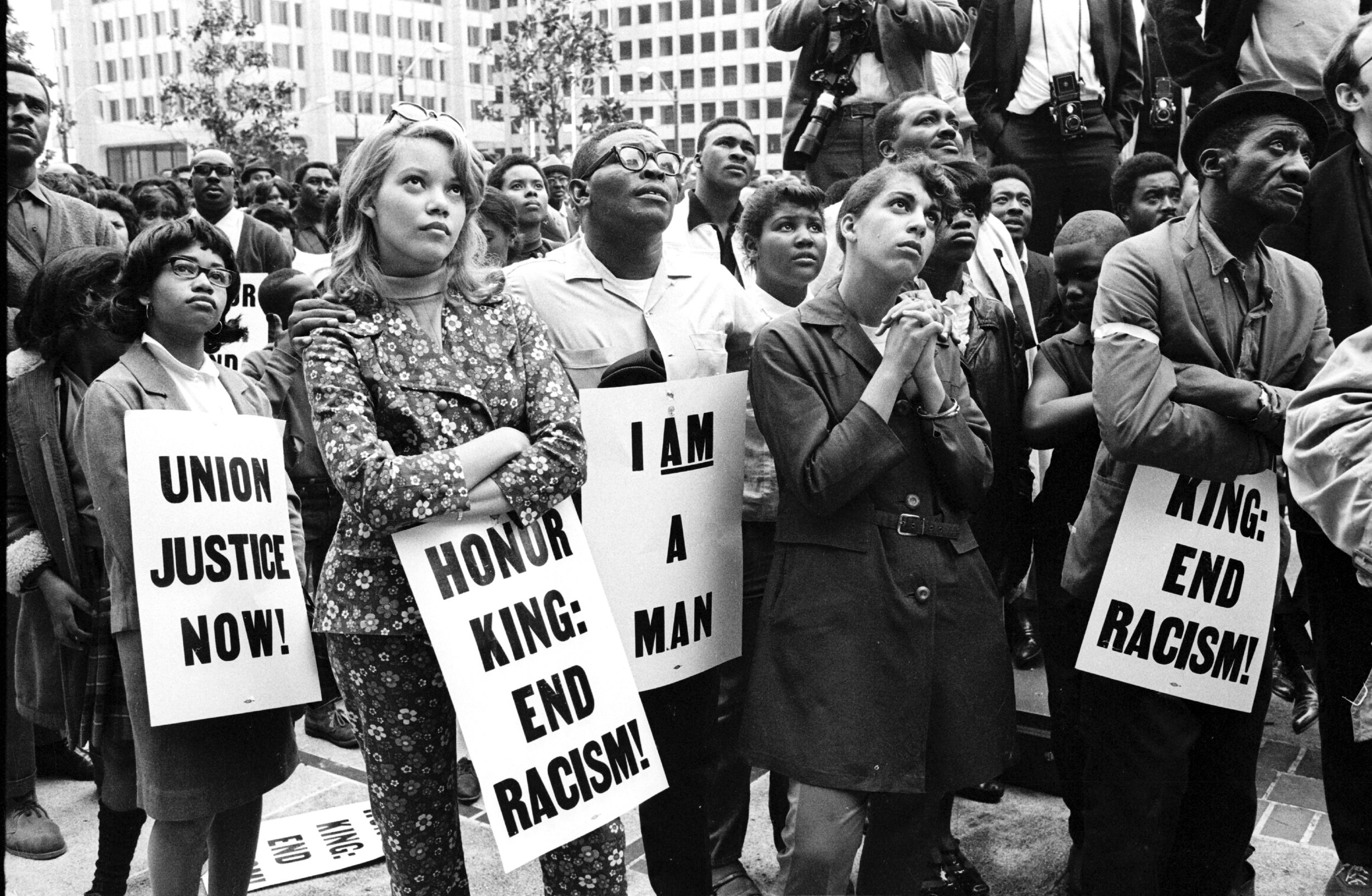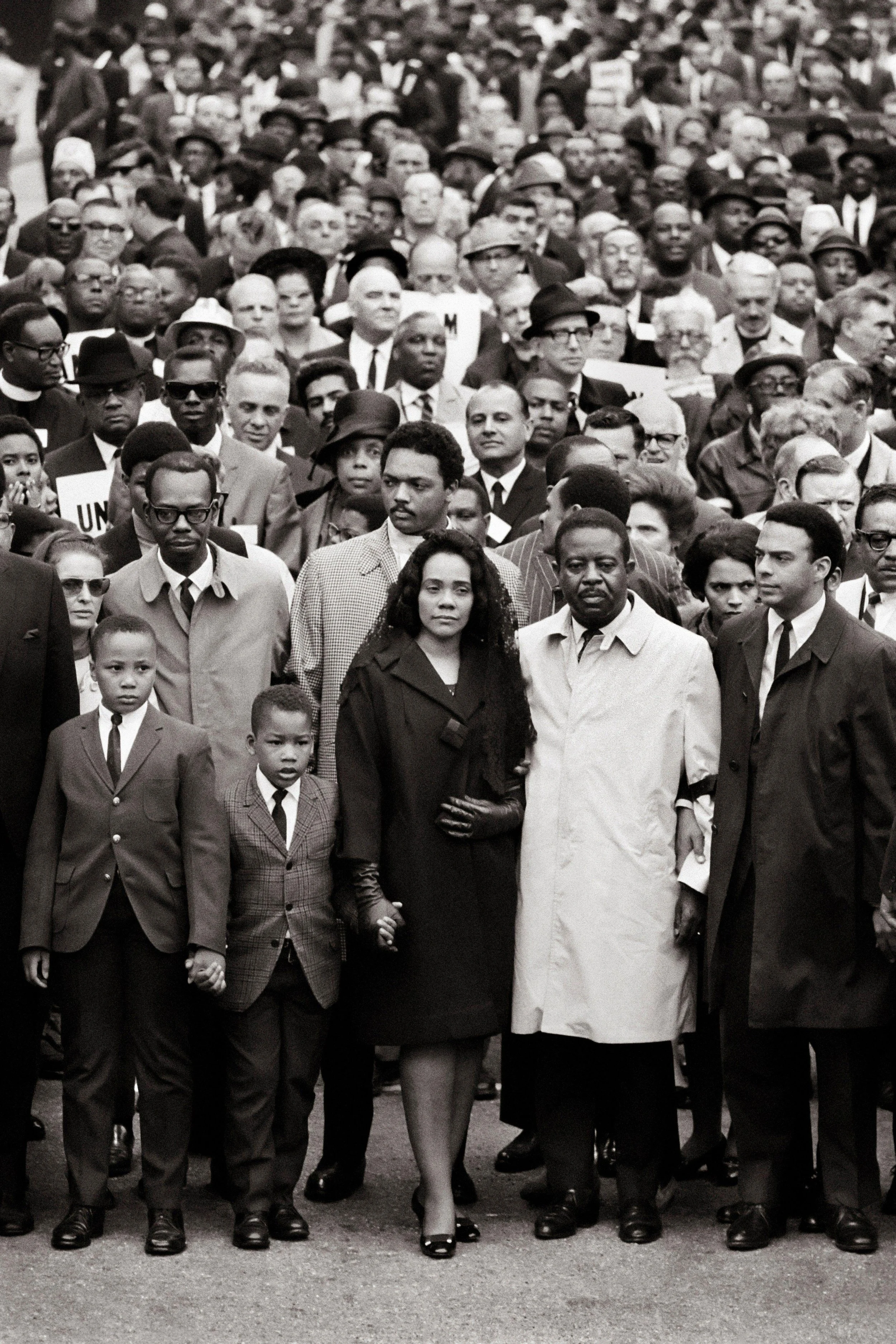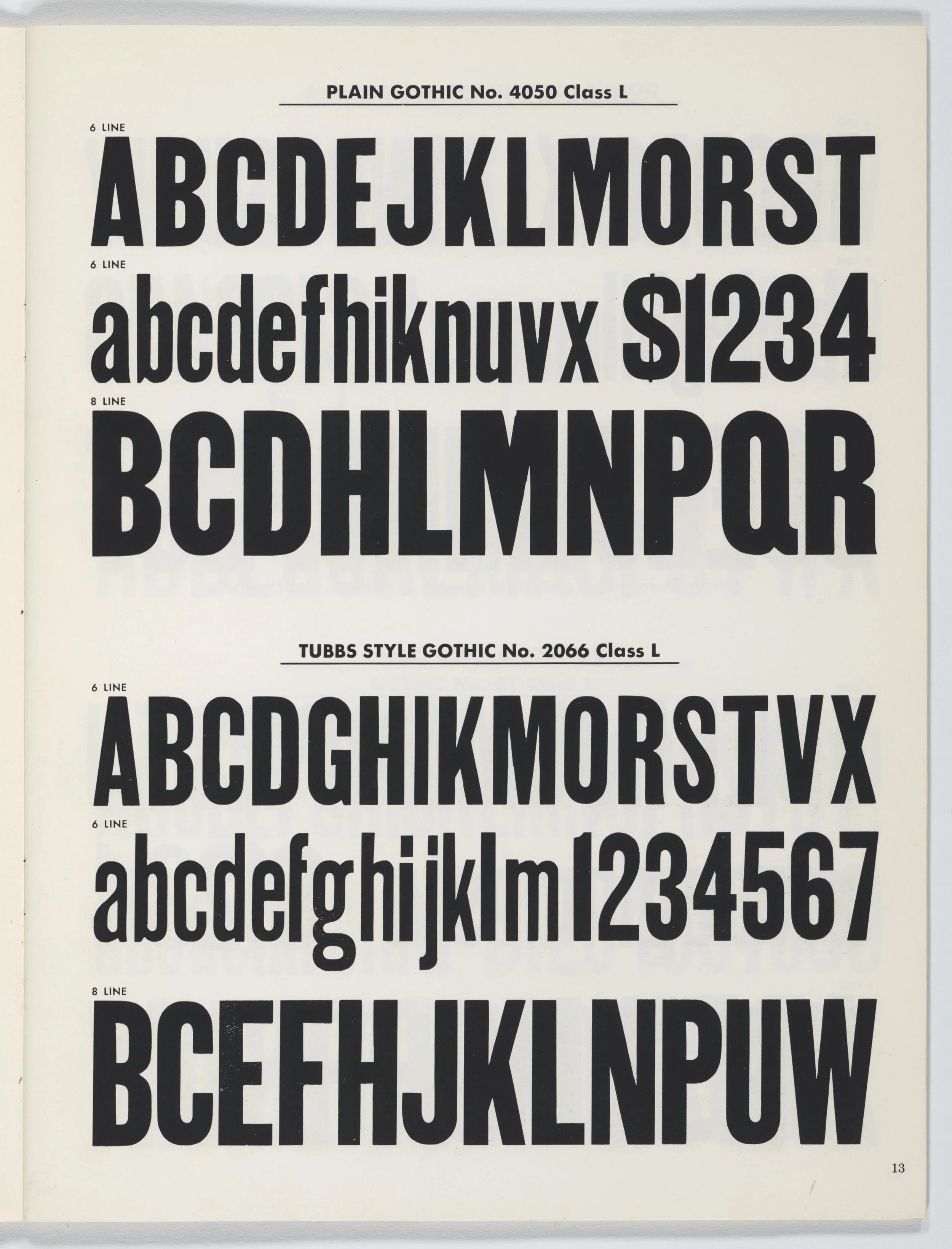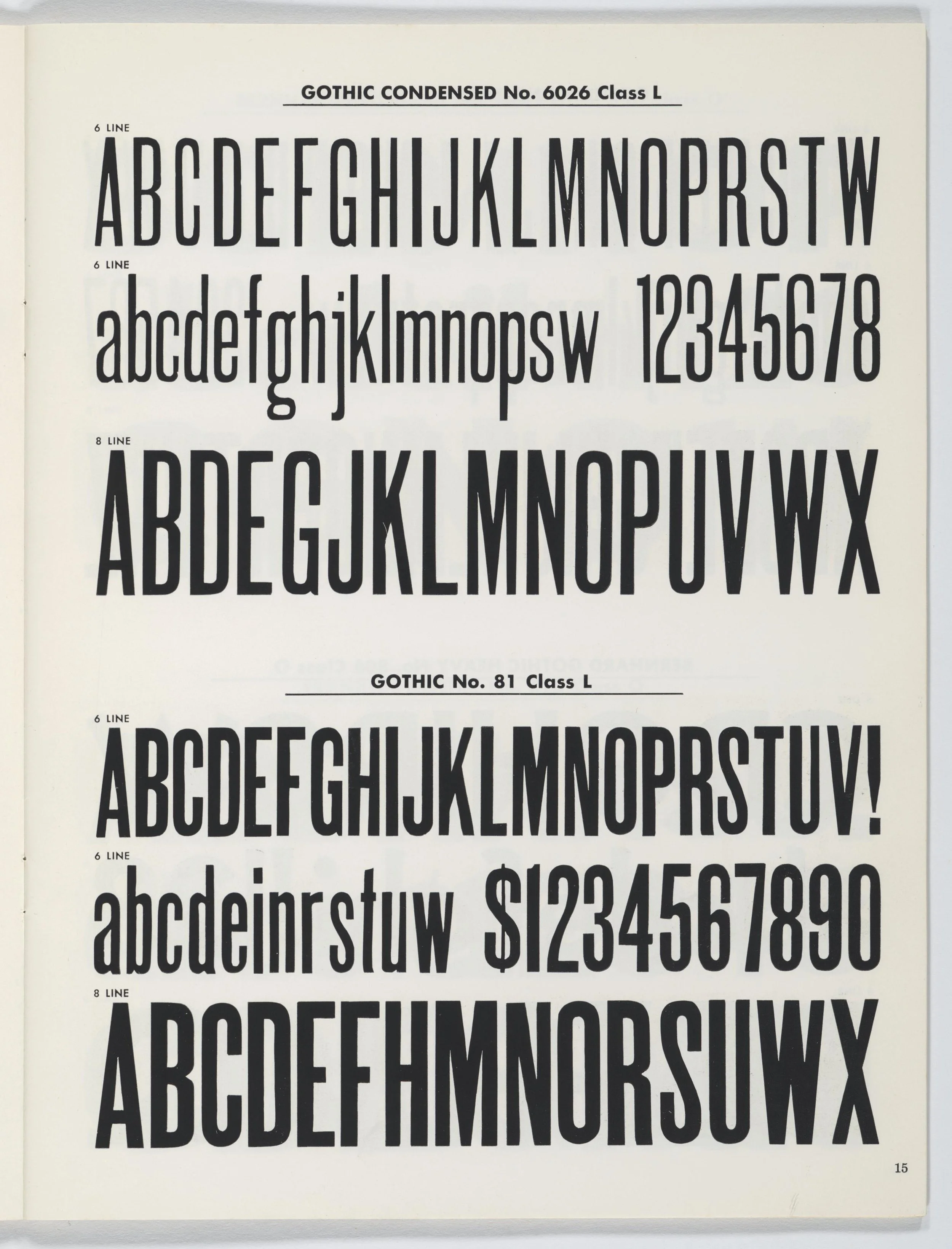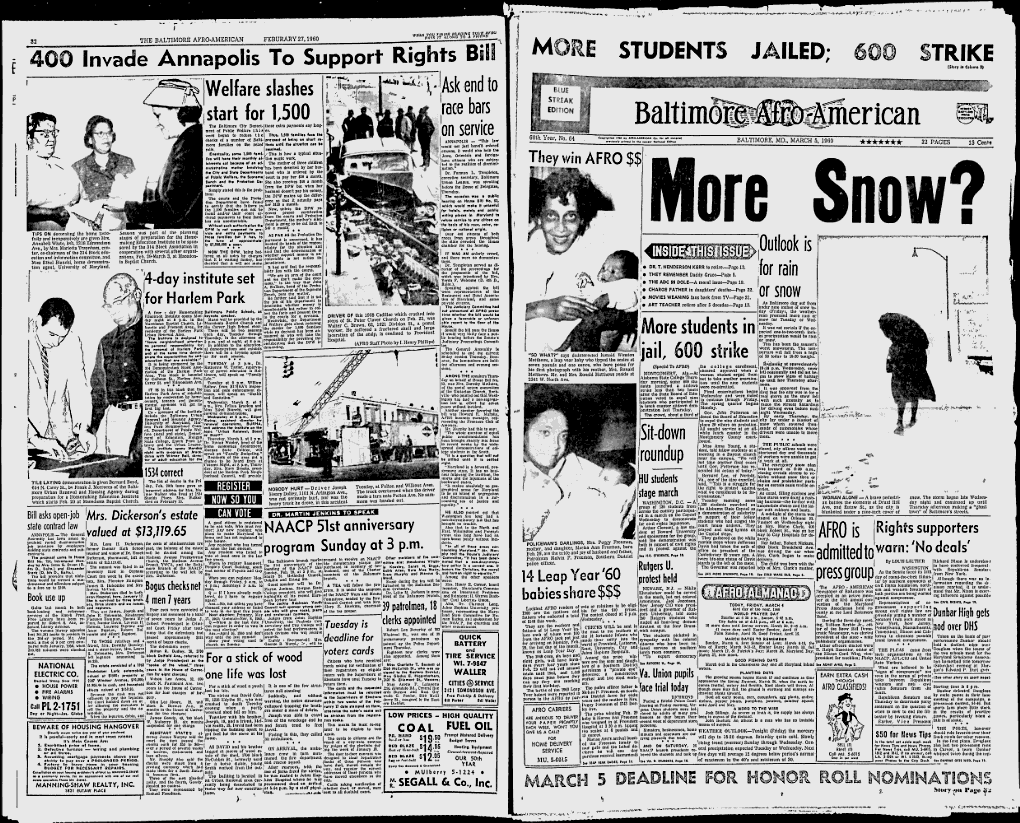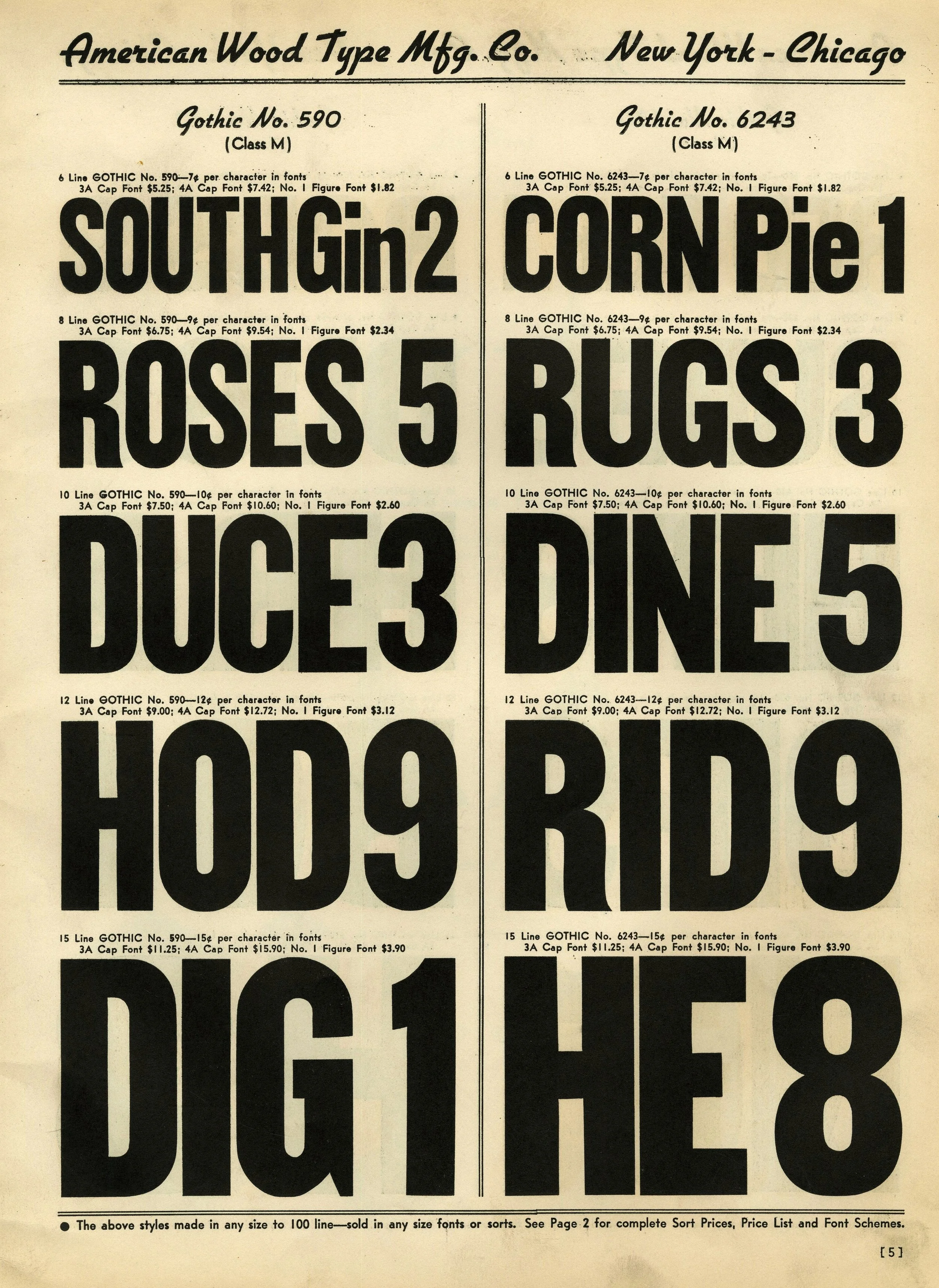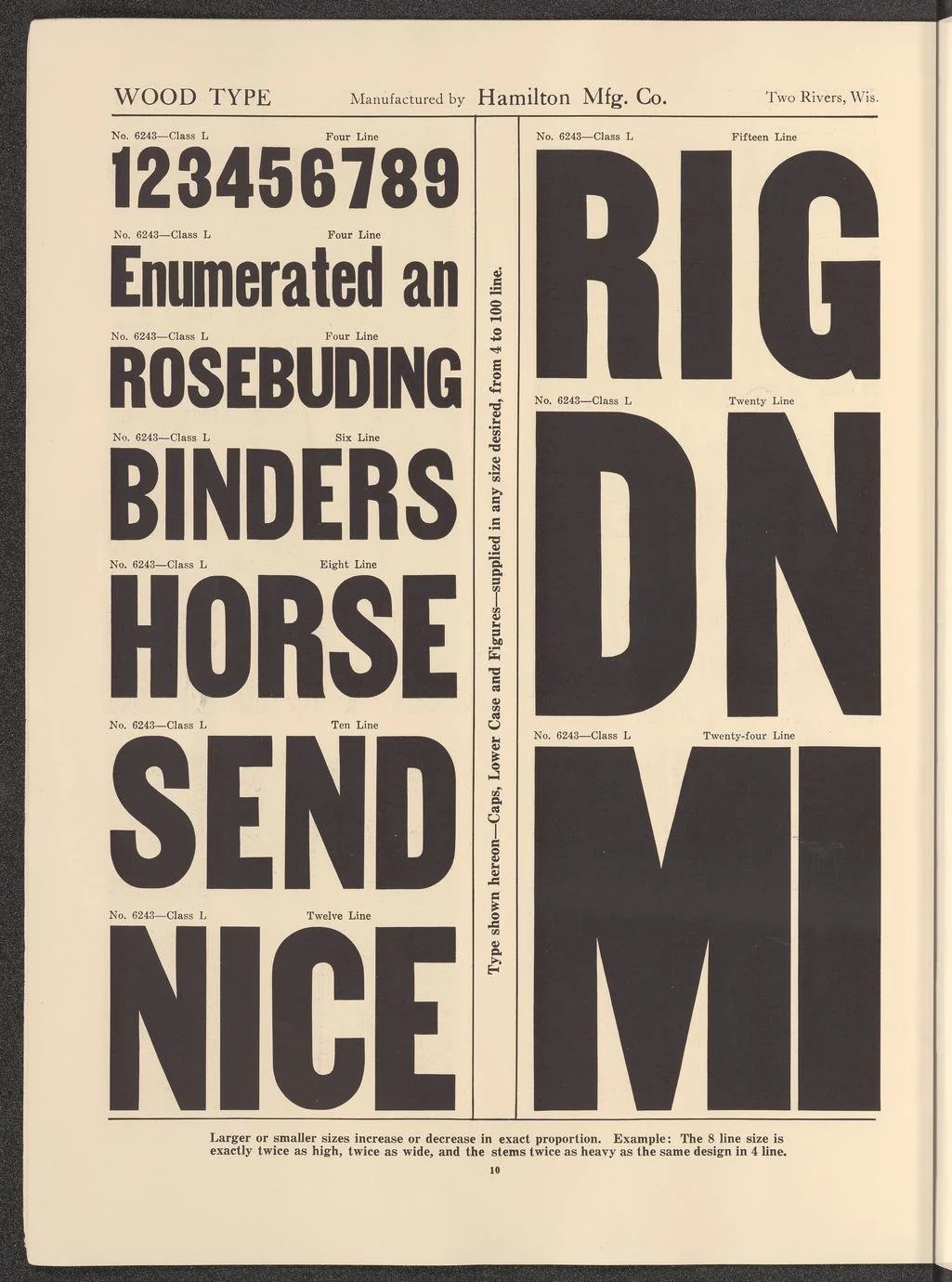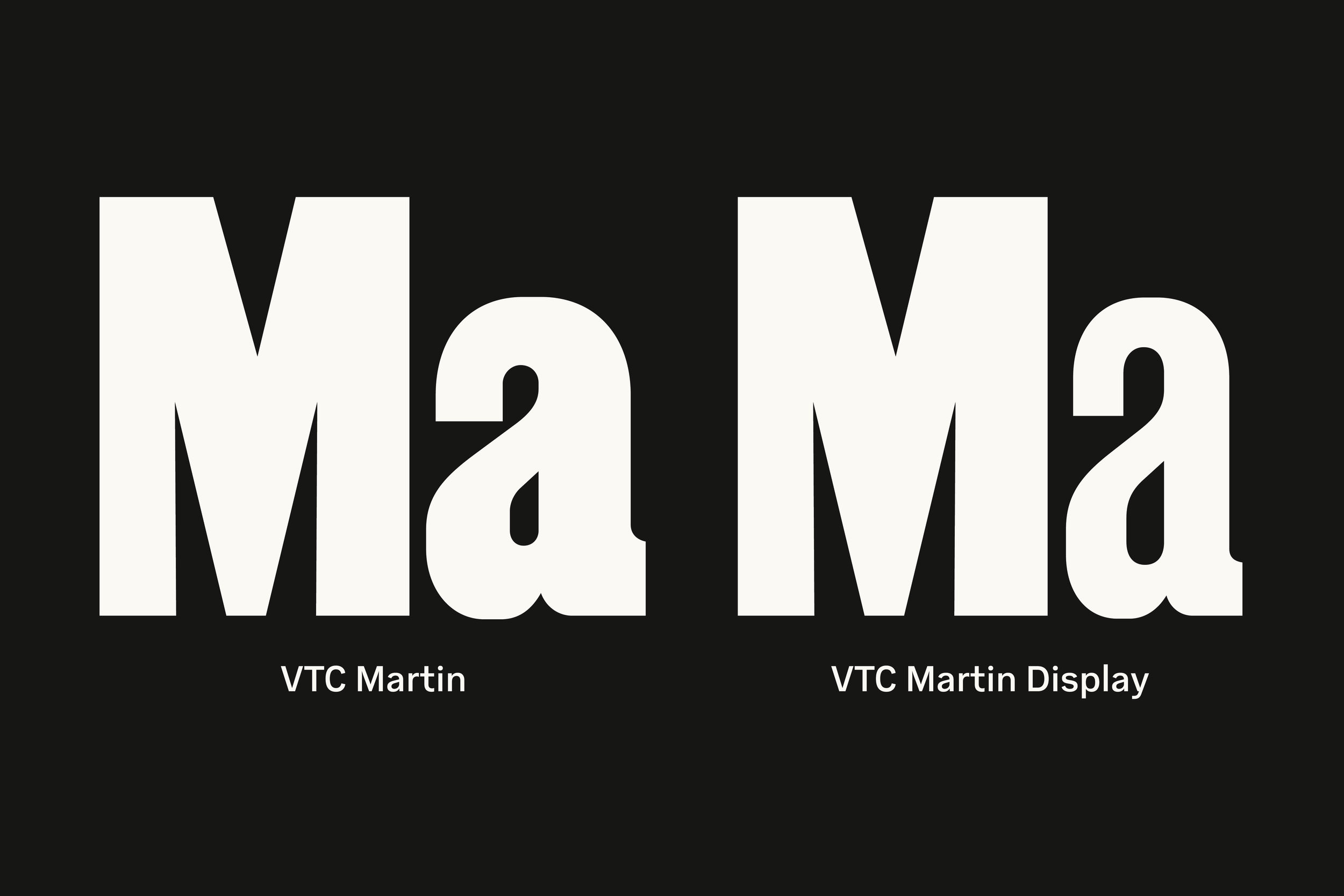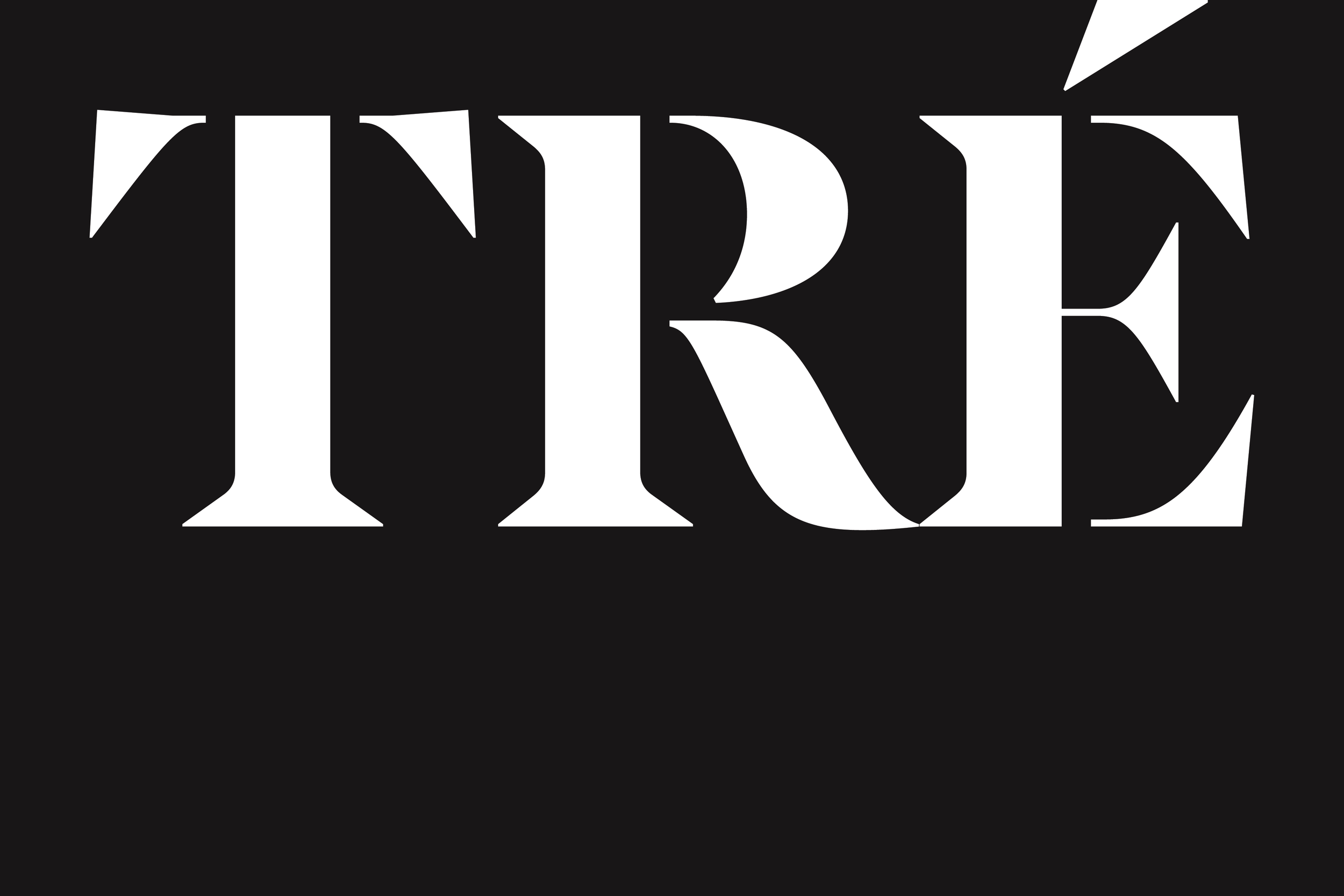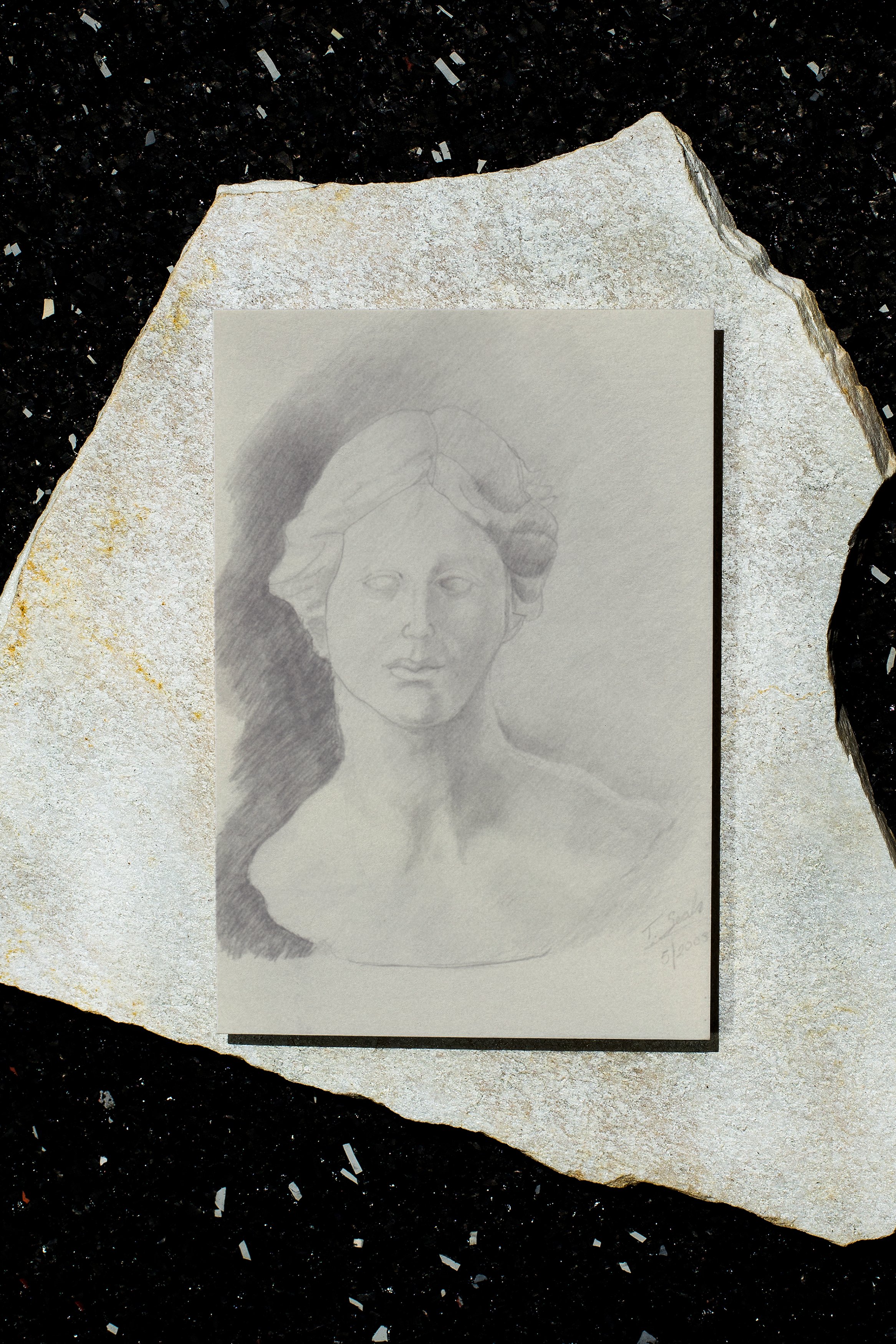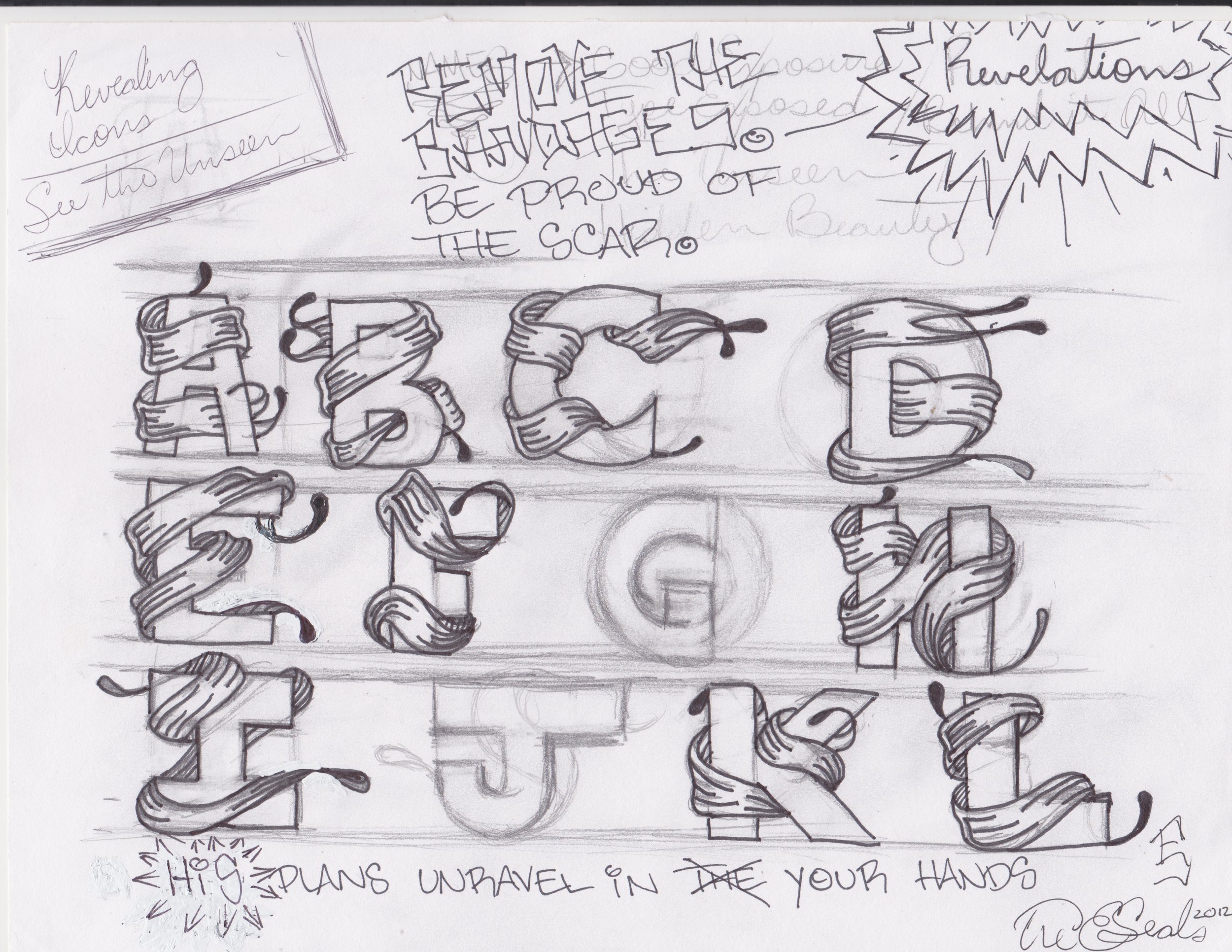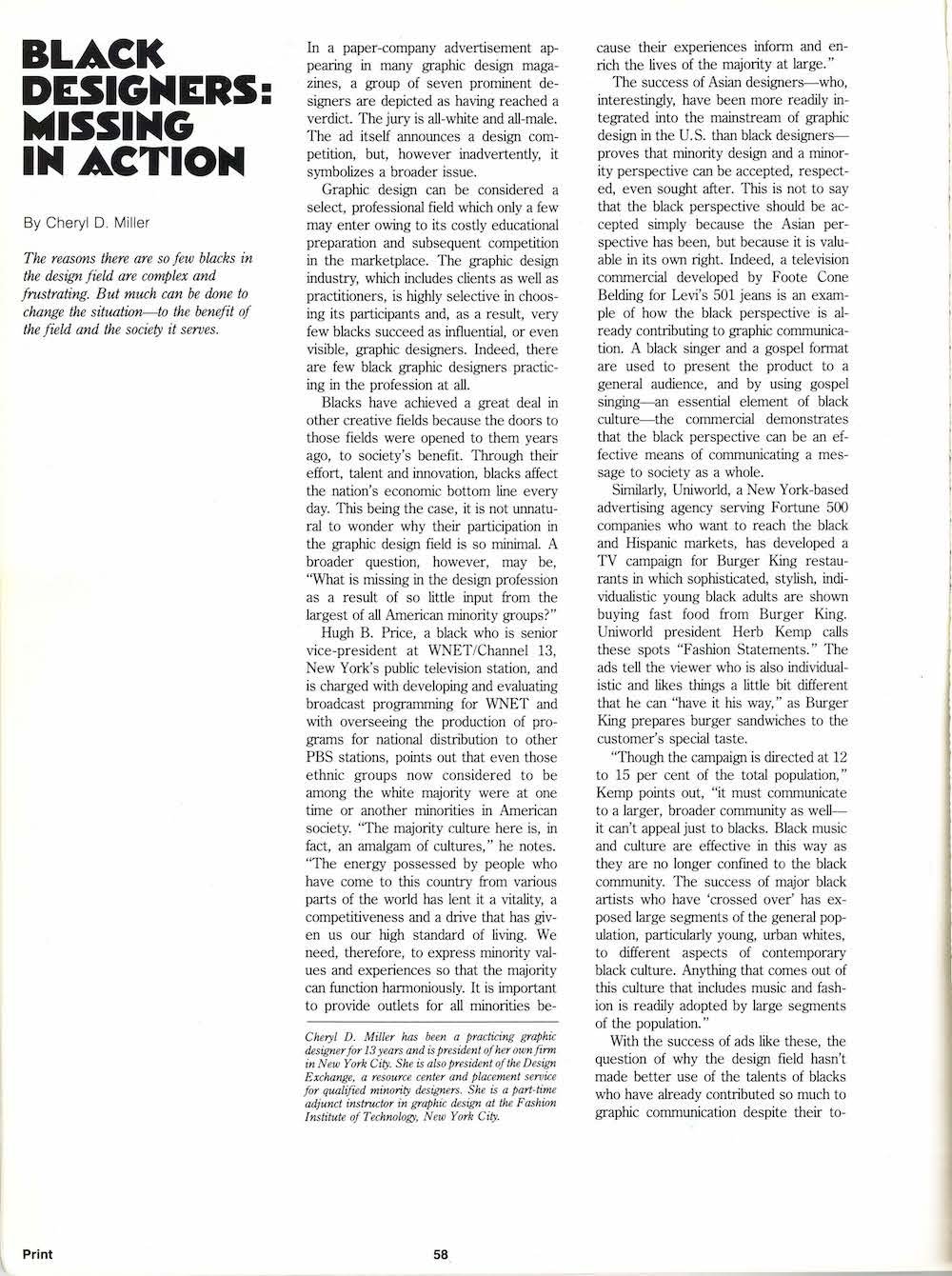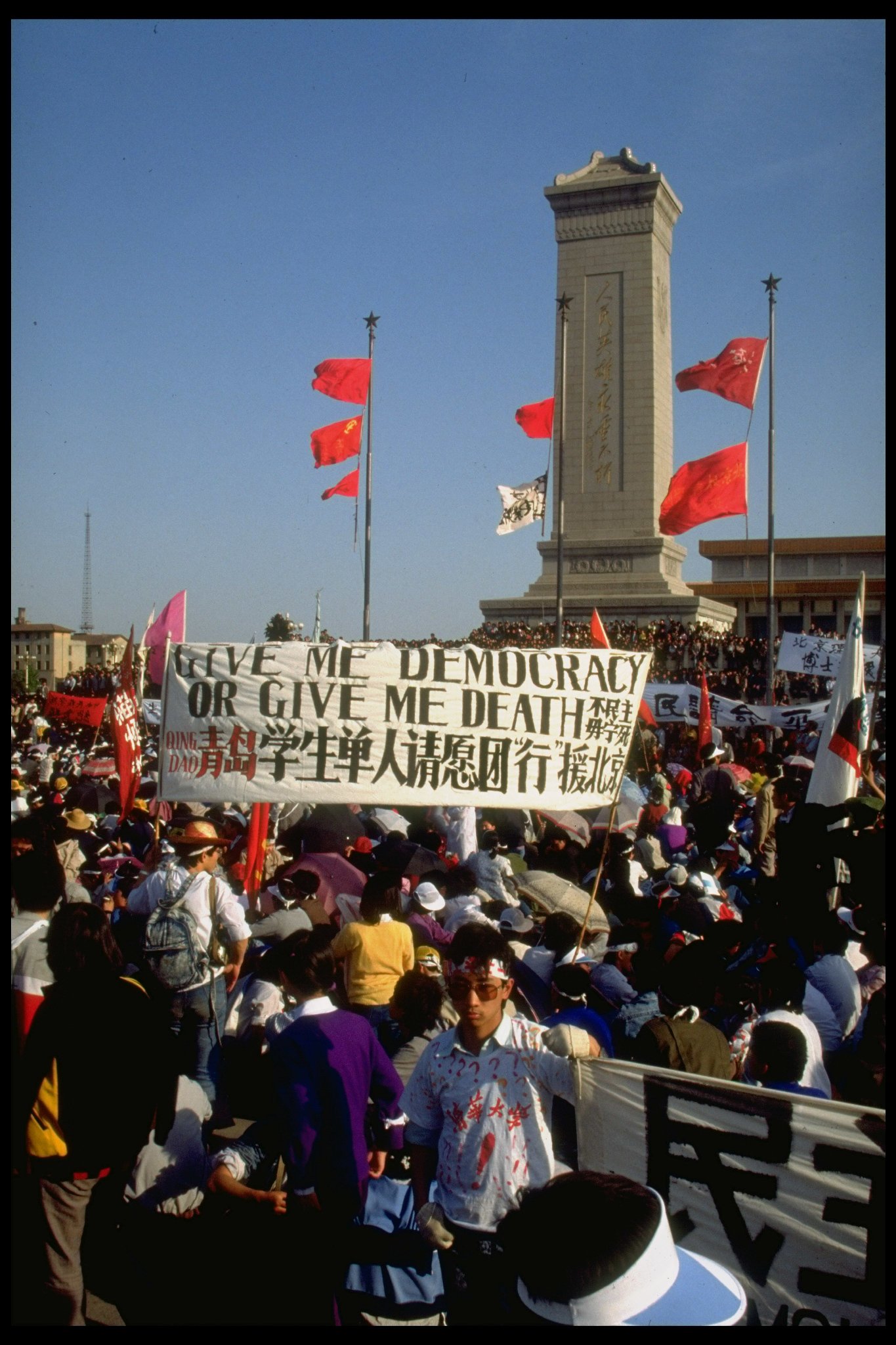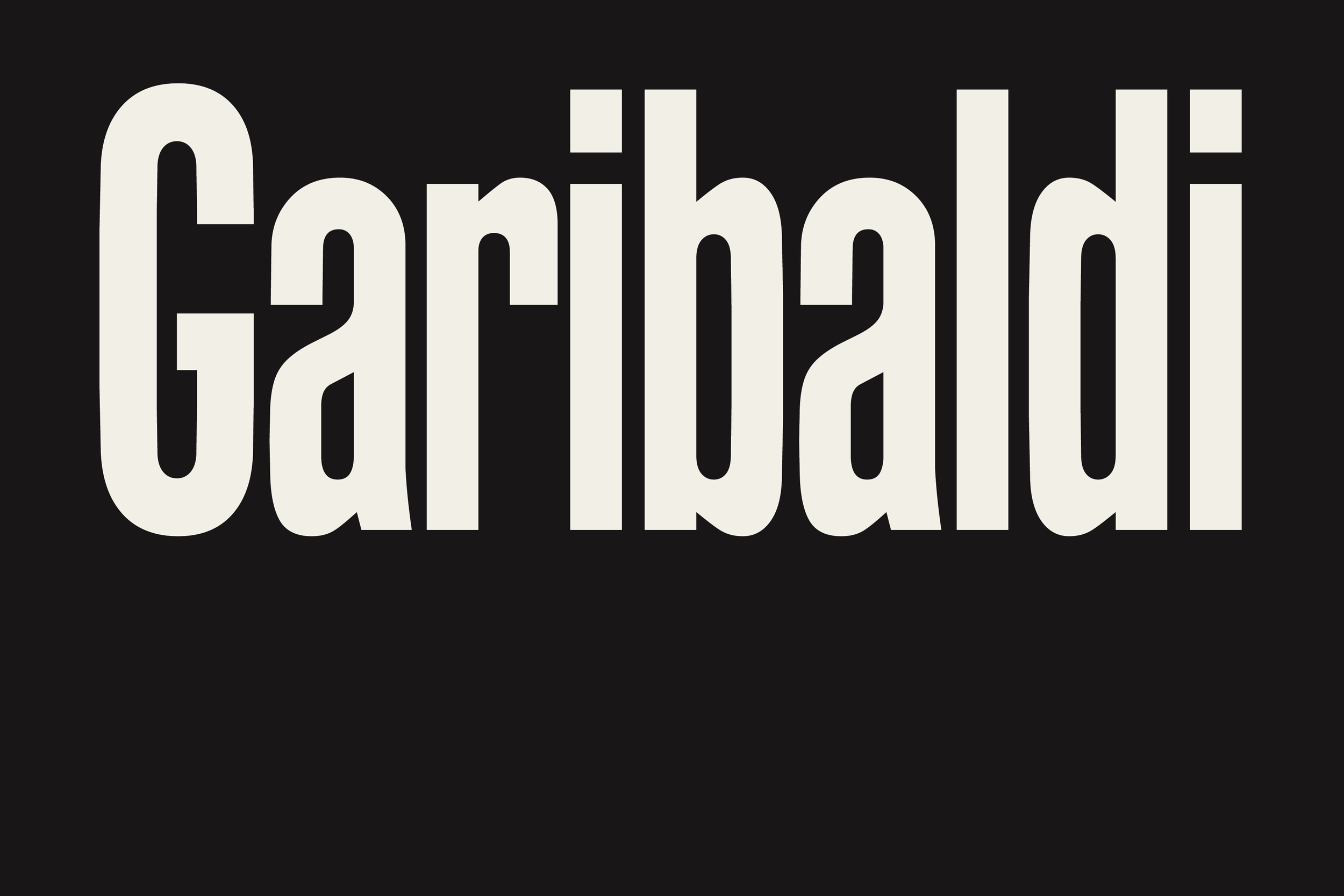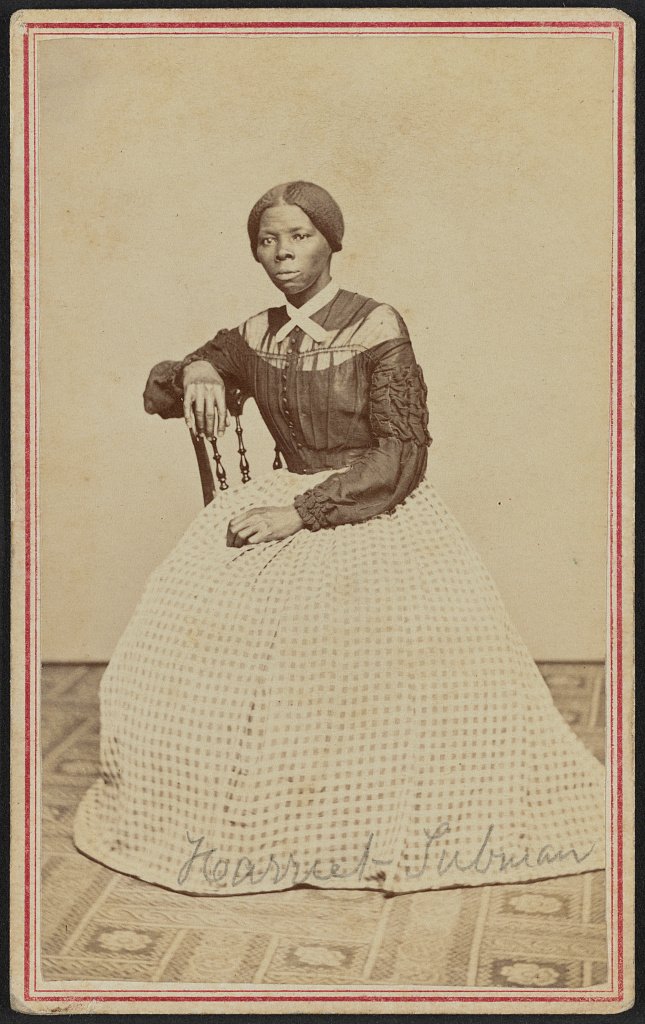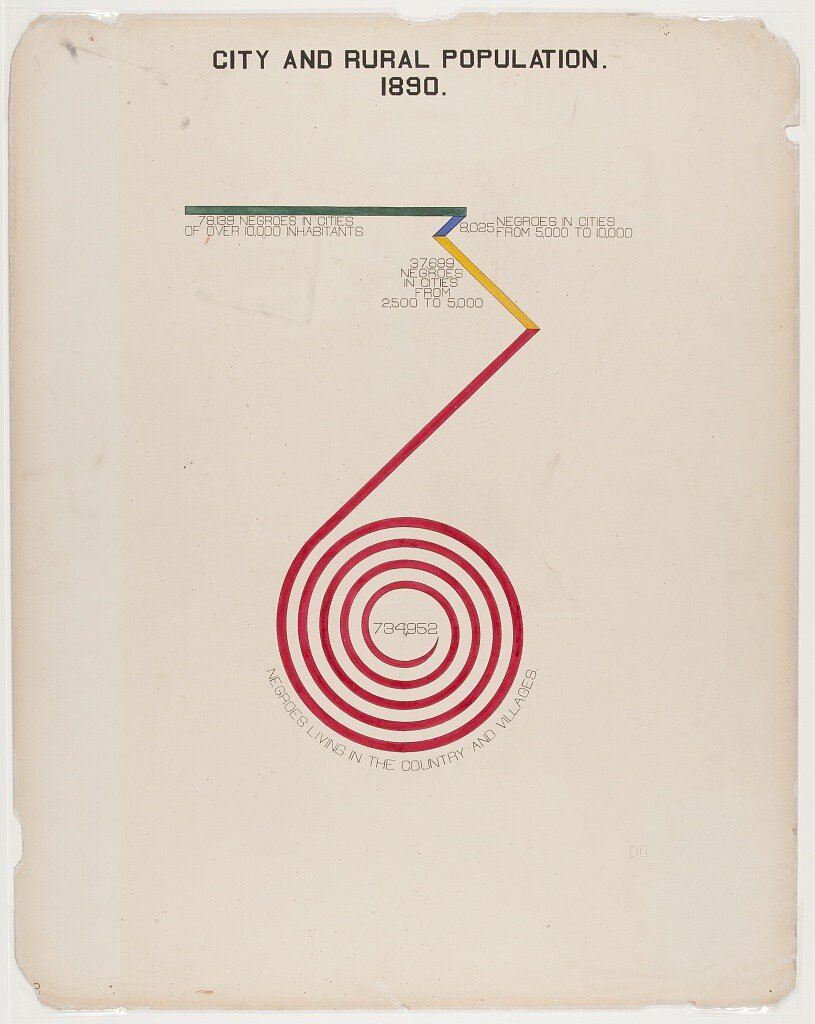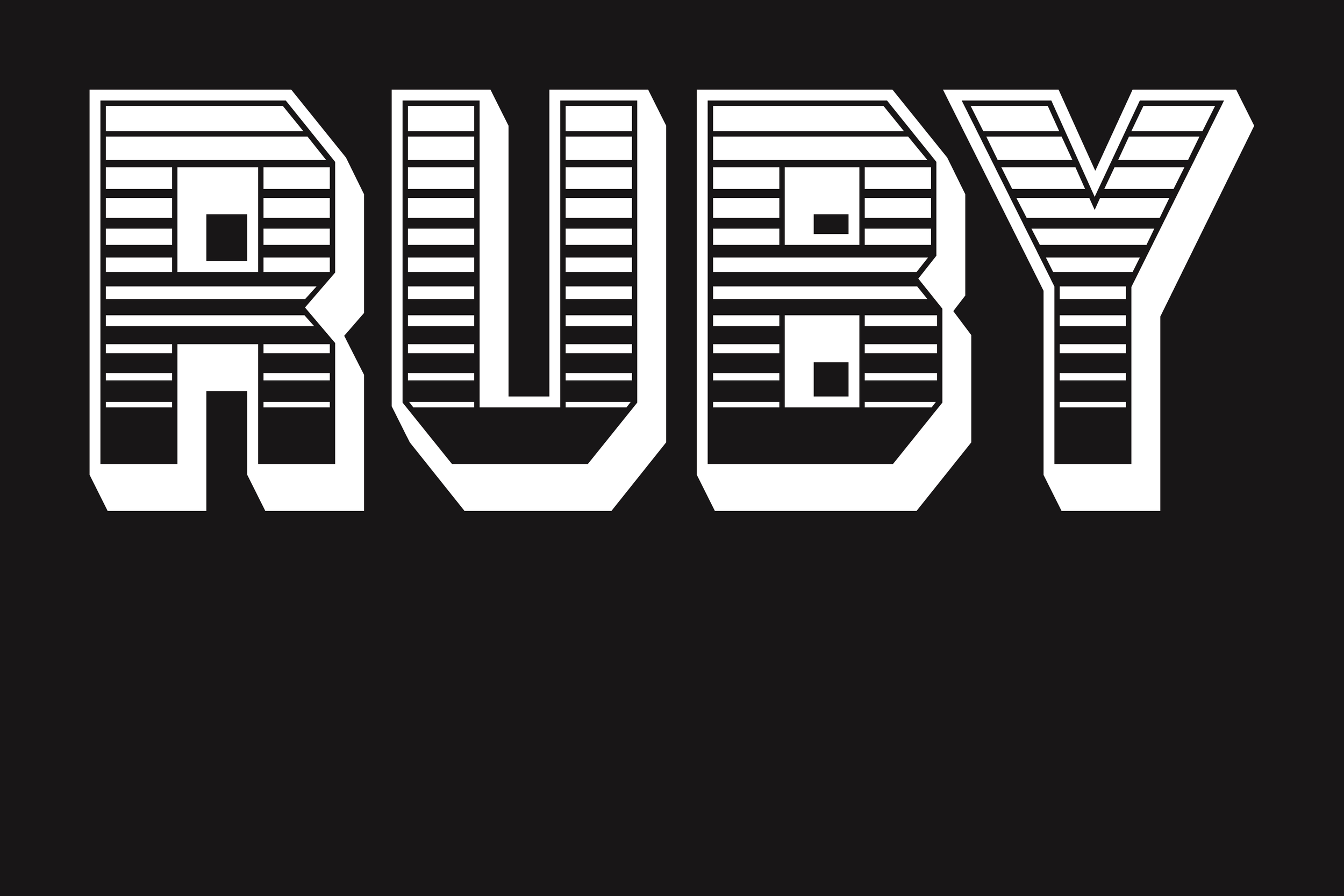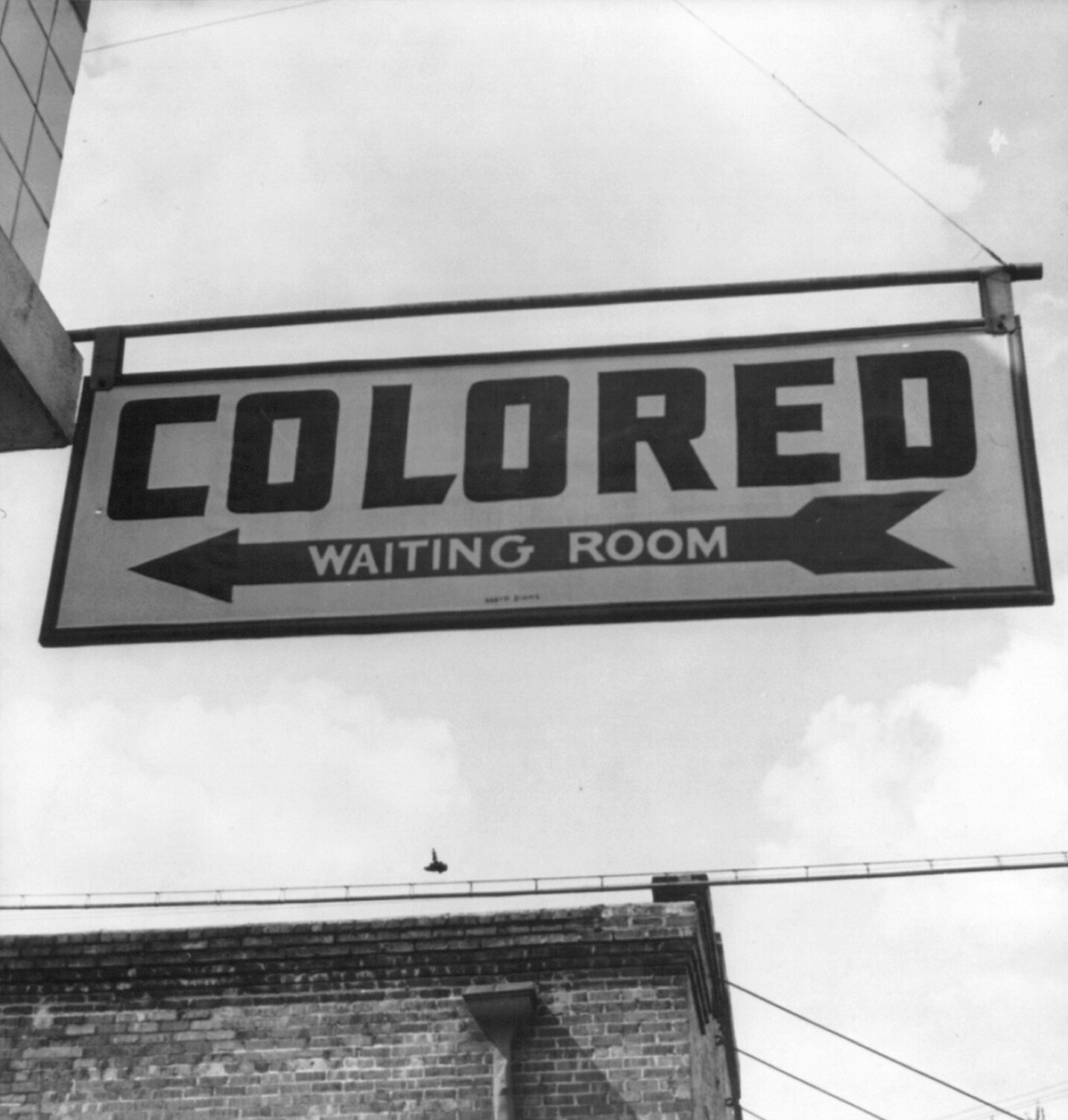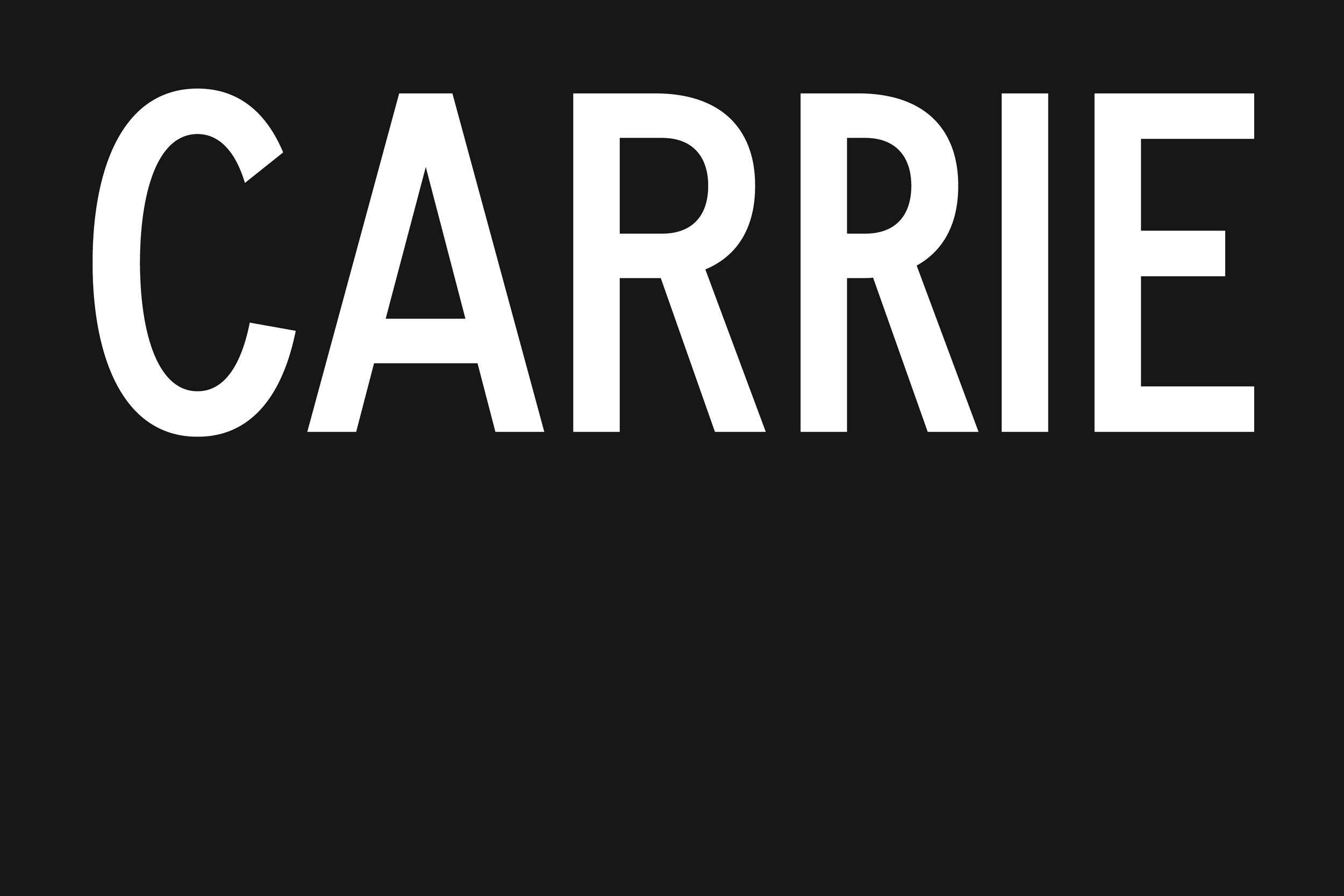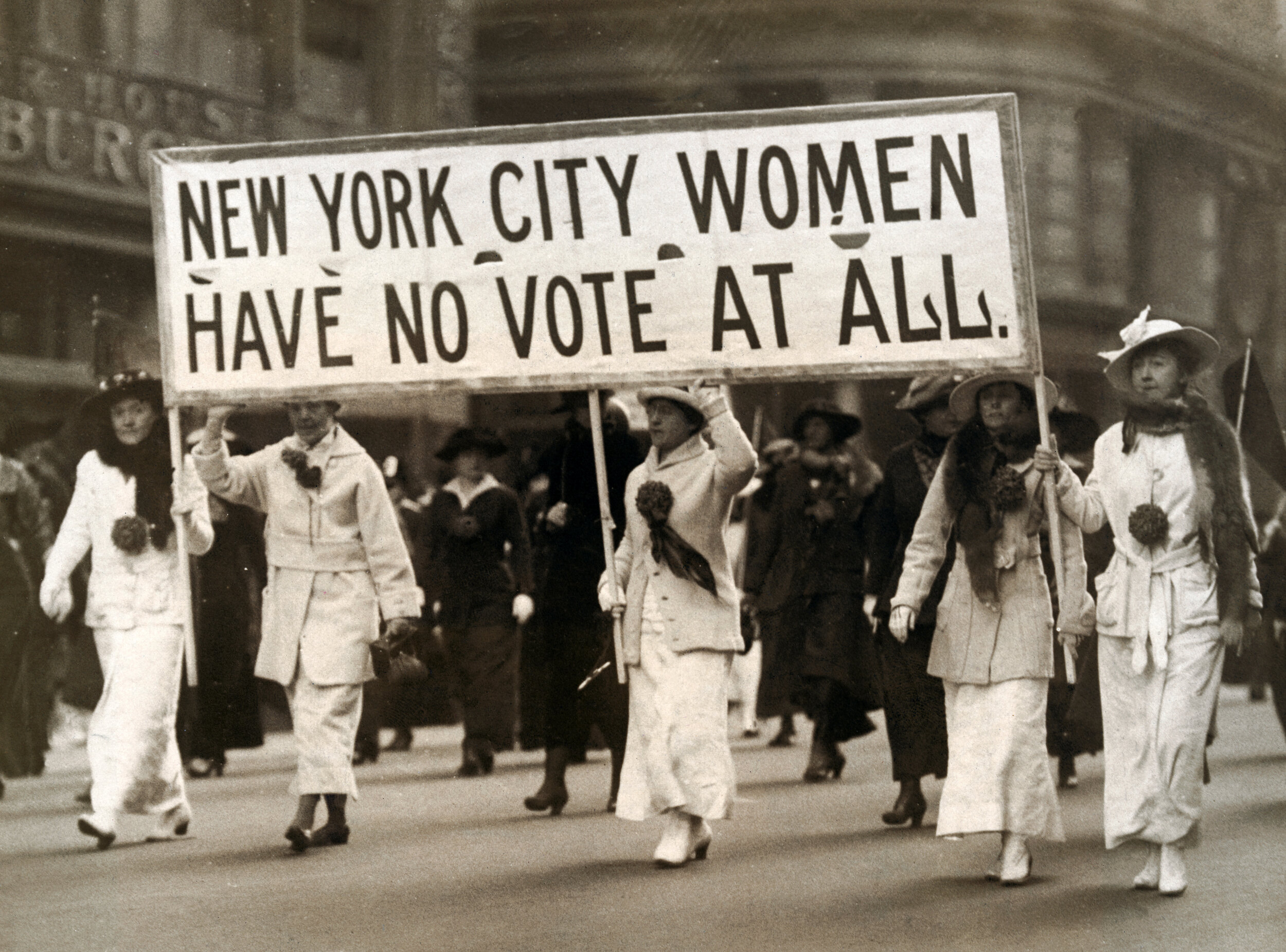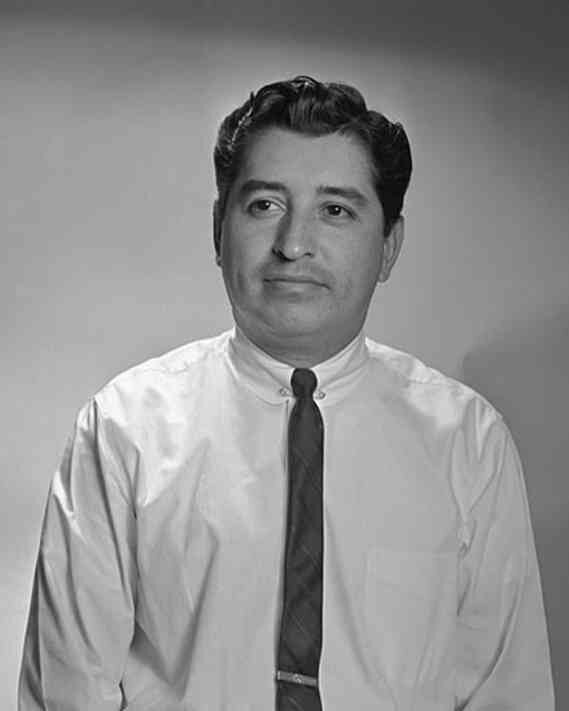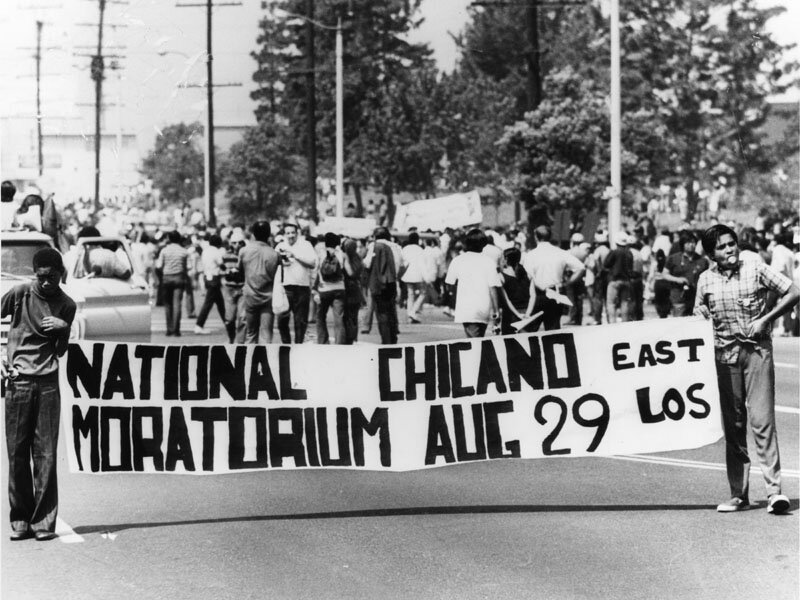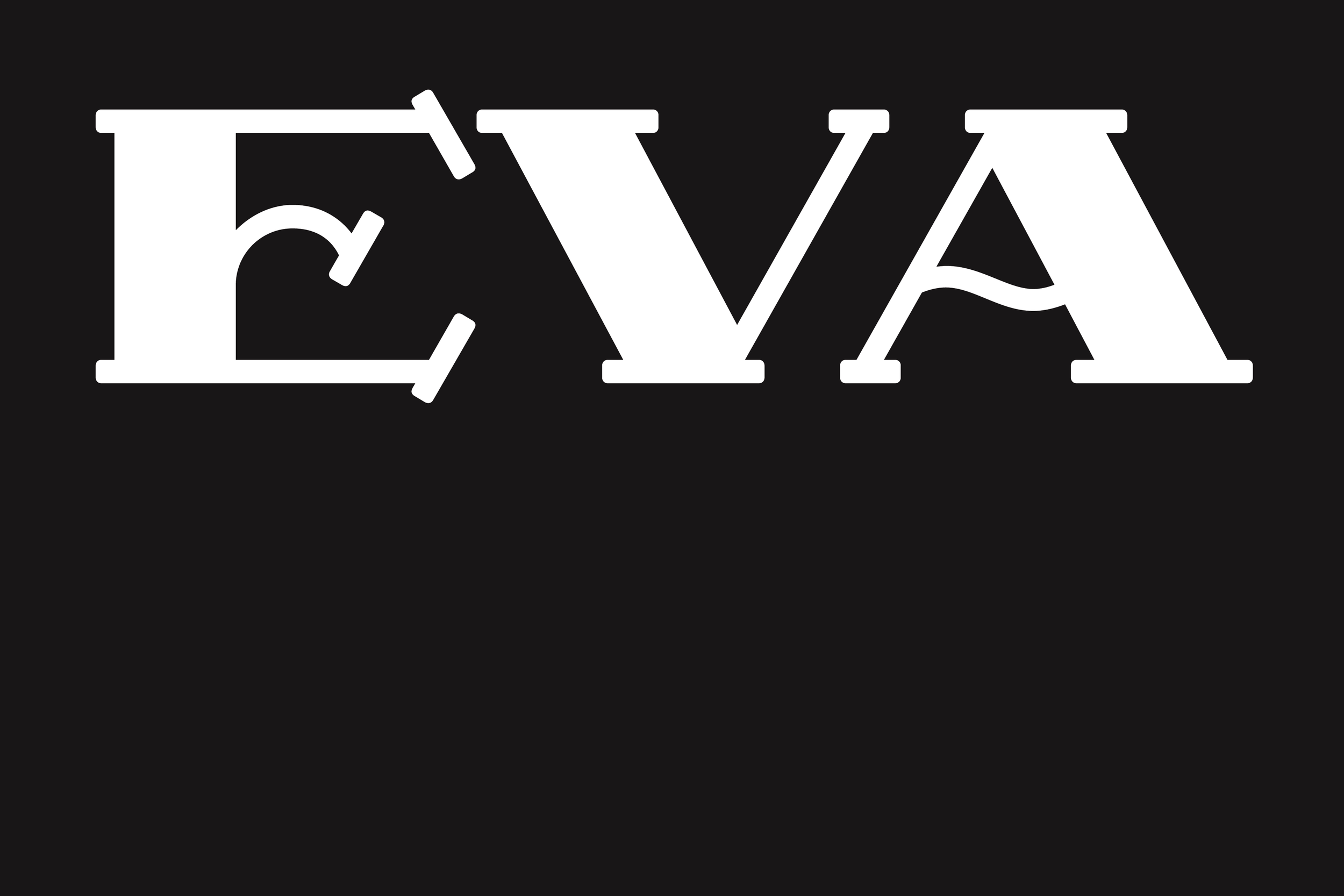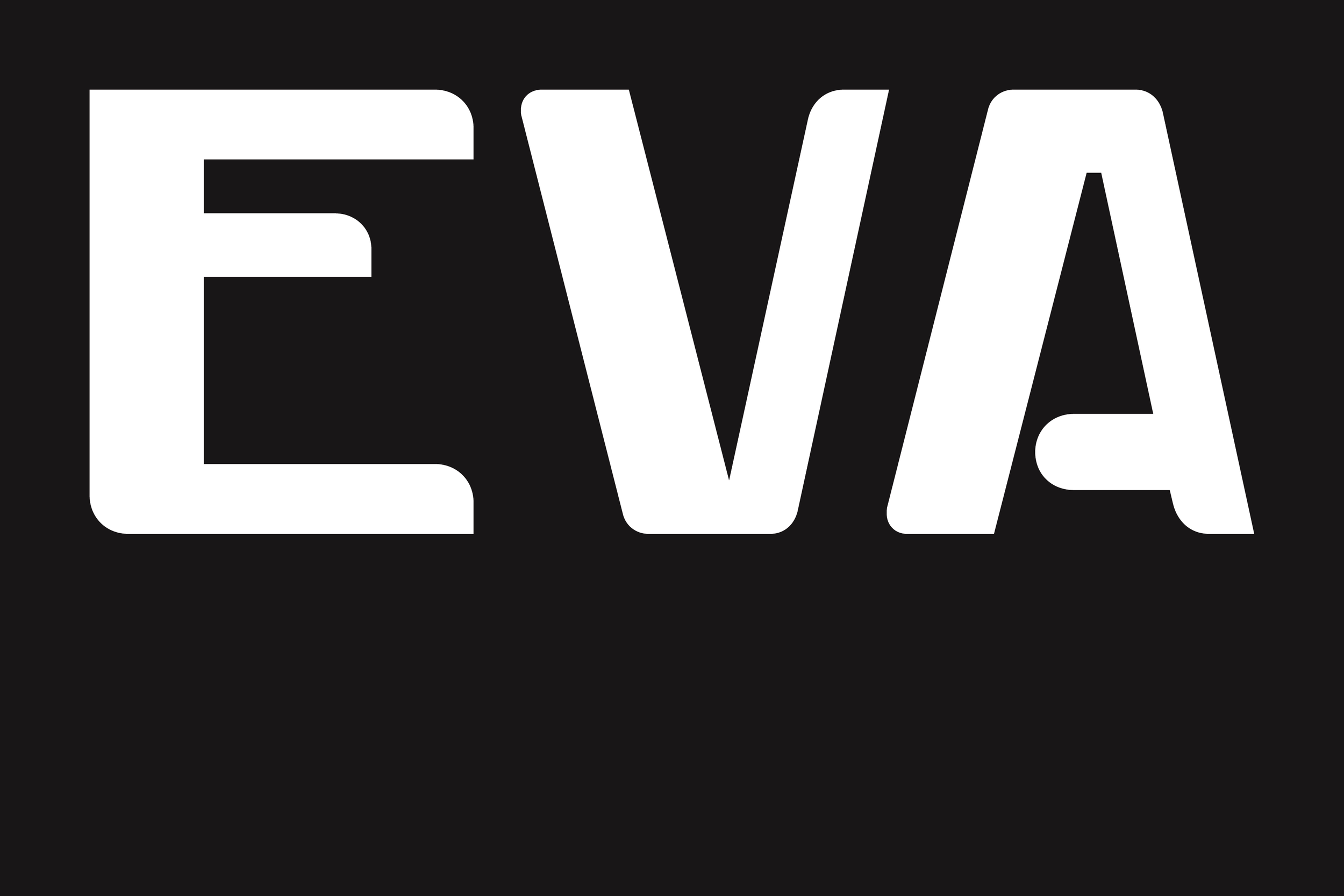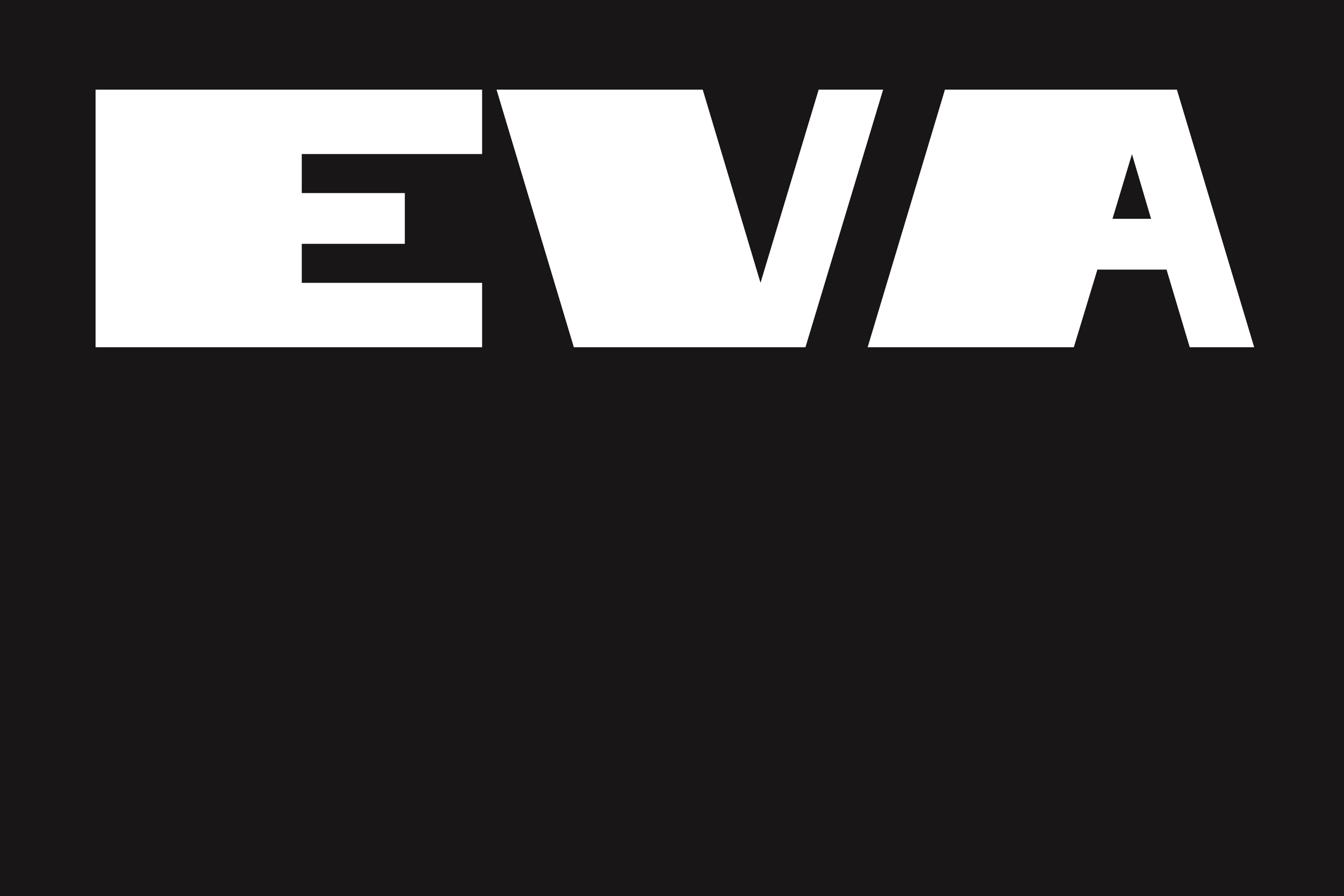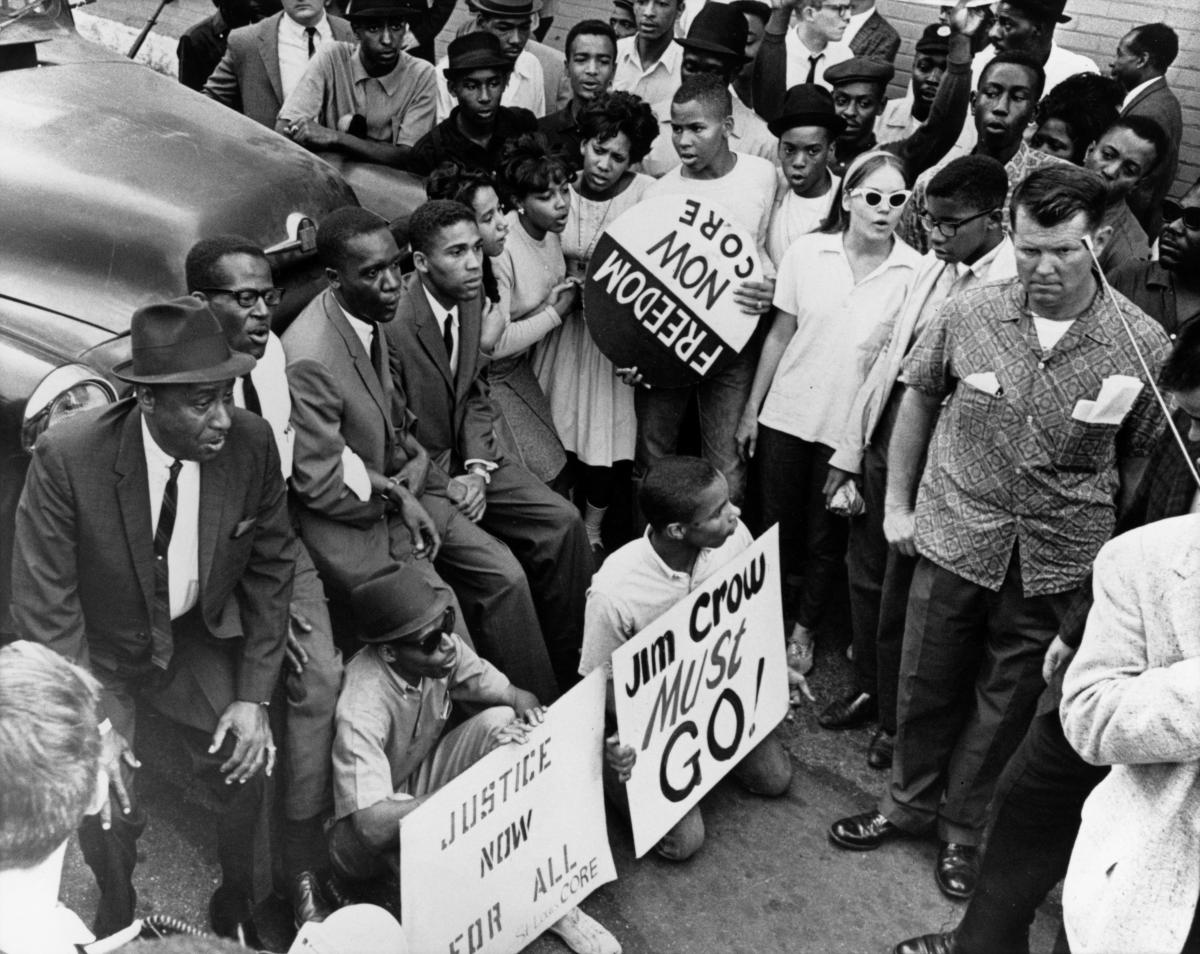In 1968, Memphis became the epicenter of America's struggle for economic justice when predominantly Black sanitation workers rose in collective defiance. What began as a labor dispute transformed into a watershed moment for civil rights, ultimately drawing Dr. Martin Luther King Jr. to his final cause. The VTC Martin font family, named in honor of Dr. King, was born from this crucible of protest, with letterforms derived from the iconic "I AM A MAN" protest signs that demanded recognition of fundamental humanity.
Memphis in the 1960s was two separate Americas. While white Memphis enjoyed prosperity, Black sanitation workers navigated a city designed to keep them invisible except when performing degrading labor. Under Mayor Henry Loeb's administration, these men worked with decrepit trucks, endured 60-hour weeks for poverty wages, were sent home without pay when it rained, and labored without breaks. Their 1966 strike attempt had failed, underscoring a painful truth: in Memphis, Black suffering was expected to remain silent.
Sanitation workers inspect a garbage truck similar to the one in which two workers were killed on Feb. 1, 1968. Courtesy of the Preservation and Special Collections Department, University Libraries, University of Memphis.
On February 1, 1968, Echol Cole and Robert Walker were crushed to death by faulty equipment in their garbage truck. These weren't isolated incidents but the culmination of years of ignored safety concerns. The city's response—offering their families just one month's salary and burial expenses—revealed a callous disregard that could no longer be tolerated.
Robert Walker poses in an undated photo. He was one of two sanitation workers killed Feb. 1, 1968. Photo supplied by Walker’s sister, Veria Ford. View Source
On February 12, 1968, 1,300 sanitation workers walked off jobs that paid so little many qualified for welfare while working full-time. Led by T.O. Jones, they demanded union recognition, better safety standards, and decent wages. Workers carried handmade signs with simple, direct messages about their conditions. Mayor Loeb's swift rejection of their demands set the stage for an escalating struggle.
An overflowing litter basket draws a glance from one of the 200 marchers in downtown Memphis. (Photo by Bettmann Archive/Getty Images) Learn More
When Mayor Loeb's police unleashed batons, mace, and attack dogs on peaceful protesters, they attacked a community's awakening sense of possibility. Police photographed protesters as threats of retaliation, while Black city employees were warned they'd lose jobs if they supported the strike. The city used court injunctions to limit protests while hiring replacement workers.
Police clash with striking workers in downtown Memphis on Feb. 23, using riot control gas to disperse the crowd. (Getty Images)
Patrolman K.N. Overall watches as two non-striking workers clean downtown during the strike. (Photo by Bettmann Archive/Getty Images) Learn More
Reverend James Lawson, having studied nonviolence in India, recognized something larger than a labor dispute—America's moral reckoning. Through Community on the Move for Equality (COME), Lawson transformed church basements into strategy centers. By mid-March, Lawson reached out to Dr. King, whose Poor People's Campaign focused on economic justice. King saw in Memphis the embodiment of his vision connecting racial and economic rights.
The Revs. James M. Lawson, left, and Martin Luther King Jr. hold a news conference on March 28, 1968, in Memphis. Courtesy Of The Mississippi Valley Collection/University Of Memphis Libraries.
Dr. King first came to Memphis on March 18, addressing thousands at Mason Temple. He returned on March 28 for a mass march where the iconic "I AM A MAN" signs first appeared—a revolutionary declaration of human dignity. The demonstration descended into chaos when some participants broke windows and police responded with excessive force, killing 16-year-old Larry Payne. Mayor Loeb deployed the National Guard.
Despite pressure to abandon Memphis after the March 28 violence, King returned on April 3. That evening, as a violent thunderstorm battered Memphis, King delivered his prophetic "Mountaintop" speech at Mason Temple: "I've been to the mountaintop. I've seen the Promised Land." His words hung in the air like a testament, leaving many sensing King understood the sacrifice before him.
The Rev. Ralph Abernathy, right, and Bishop Julian Smith, left, flank Dr. Martin Luther King, Jr., during a civil rights march in Memphis, Tenn., March 28, 1968. (AP Photo/Jack Thornell) Learn More
National Guard troops stand with bayonets fixed as sanitation workers march peacefully wearing “I AM A MAN” placards. (Photo by Getty Images) Learn More
At 6:01 p.m. on April 4, 1968, a single bullet at the Lorraine Motel forever altered American history. Dr. King's assassination transformed the Memphis struggle from local labor dispute into national reckoning. For the memorial march on April 8, a second set of "I AM A MAN" signs were created alongside "UNION JUSTICE NOW" and "HONOR KING: END RACISM" signs. The murder of America's apostle of nonviolence laid bare the violence inherent in the system these workers fought against.
Coretta Scott King arrived with a radical proposition: honor her husband by completing what he began. The silent march she led on April 8 brought 42,000 people through Memphis streets in funeral procession and determined solidarity. When President Johnson dispatched Under Secretary James Reynolds to negotiate, it was fear—not compassion—that motivated the White House. The April 16 agreement recognizing the union represented America's belated acknowledgment that Black labor deserved protection.
A group of demonstrators holding signs reading 'Union Justice Now', 'Honor King: End Racism!' and 'I Am A Man' march in protest soon after the assassination of Dr. Martin Luther King, Jr., Memphis, TN, April 1968. (Photo by Robert Abbott Sengstacke/Getty Images) Learn More
Coretta Scott King leads the silent memorial march through Memphis on April 8, 1968, four days after her husband's assassination. The march drew 42,000 participants. (Alamy) Learn More
The VTC Martin font family preserves protest in letterform, with each character derived from the letterpress "I AM A MAN" placards carried during King's April 8, 1968, memorial march in Memphis. A chance eBay discovery of a 1960 Hamilton Wood Type catalog revealed the signs typeset in Gothic No. 6243, a typeface from Hamilton's 1906 catalog, according to wood type historian David Shields. Additional weights were drawn from other Hamilton Gothic typefaces, while punctuation marks were sourced from headlines of The Baltimore Afro-American Newspaper from the early 1960s. The team created a cohesive variable font family with smooth transitions between weights and styles. By digitizing these protest forms, VTC Martin transforms ephemeral resistance into a living communication tool.
The first version of VTC Martin was released in June 2016 as the very first Vocal Type font. What began as a single weight has since grown, nine years later, into two families: VTC Martin Display and VTC Martin. VTC Martin Display stays closest to the original—bold in its uppercase, lighter in its lowercase—and now includes variable italics. VTC Martin, on the other hand, has evolved into a more versatile family with variable weights and italics, and a rebalanced relationship between uppercase and lowercase characters.
The Memphis Sanitation Strike isn't ancient history—it's unfinished business. Today's "essential workers" still face similar struggles: dangerous conditions and wages that don't reflect their value. When we use VTC Martin, we continue a conversation about human worth that those workers began. Each letter carries the DNA of resistance; each word becomes an act of remembrance. Their strike reminds us that profound social change often begins with the simple, revolutionary act of declaring: I AM.
REFERENCES
King Institute, Stanford University, "Memphis Sanitation Workers' Strike".
BlackPast, "Memphis Sanitation Strike (1968)".
The Times, "James Lawson Obituary"
King Institute, Stanford University, "I've Been to the Mountaintop".
University of Wisconsin-Madison, “Hamilton Woodtype Specimens”.
Google News Archive, “The Baltimore Afro-American Newspaper”.

